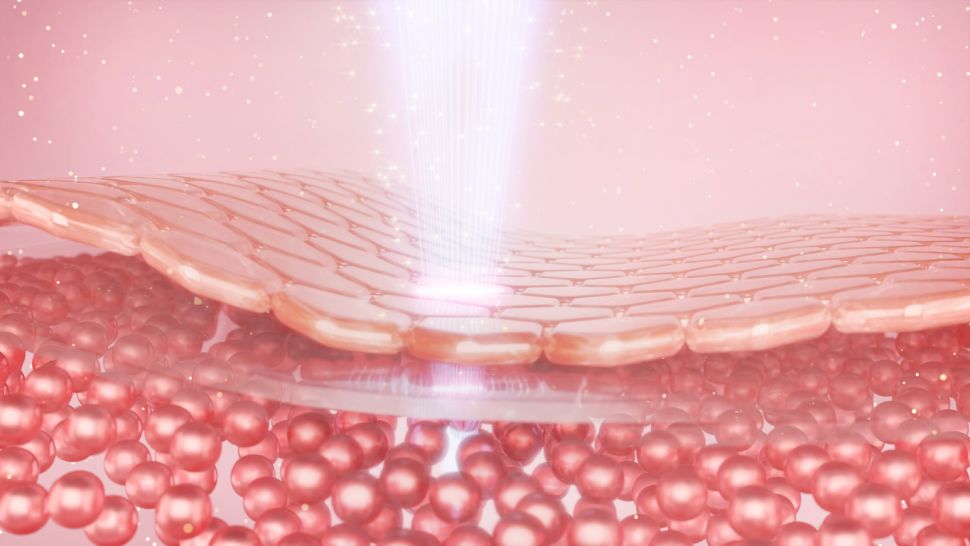In addition to serving as protection from the dangers of the outside world, the skin has the ability to regenerate – wounds close and burns pass. What is the reason that this body covering can heal itself? And how can this mechanism go wrong?
The answer is called keratinocytes. This is the designation given to cells that make up 90% of the skin. They can produce keratin, which is a structural protein that serves as a building material for hair, nails, and skin. It, as well as other lipids that keratinocytes produce, has the ability to heal the body from damage such as cuts, sunburns, and scrapes.
An important type of keratinocyte is Langerhans cells. They are found in the epidermis, the outermost layer of the skin, and are the immune system’s first line of defense against harmful pathogens. They are phagocytes, which means they have the function of ingesting other cells or particles and breaking them down. Langerhans cells then move to present the degraded foreign cells to T cells, which mount the proper immune response.
This mechanism of the skin to respond to external dangers can be disrupted and lead to inflammatory and autoimmune diseases. This vigilance of the immune cells in the skin can lead to a rash immune response against irritants that normally pose no danger to the body. Eczema, for example, is an inflammatory disease characterized by an aggressive reaction of the immune system to irritants. Another name for the disease is atopic dermatitis, and in it, the keratinocytes work many times more than usual to protect the skin from the supposed problem. This over time can be seen with the human eye on the skin, where the parts most affected by the disease become thick and rough.
Scientists at the Institute of Immunology in La Jolla are studying skin diseases and their potential treatments. They believe that one of the ways to treat such diseases lies in two receptors on keratinocytes. Their scientific research shows that blocking these receptors prevents the occurrence of eczema or other diseases. Blocking can also eliminate skin immune diseases already present in the body. This finding may be important in further research in the field of immunology.
